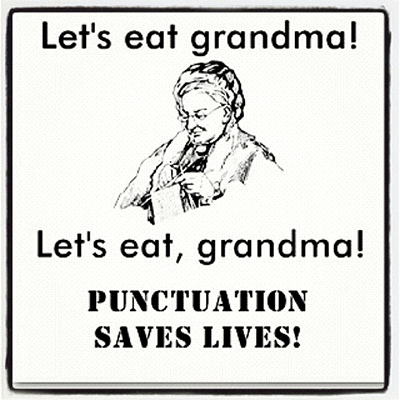Before I got married, I attended some premarital counselling classes that went on for 12 weeks, having one class per week. One of the classes was on communication, because if you are married you know very well that communication could be a matter of life and death.
In this class, the organizers did well to bring a Professor of linguistics from the University of Nairobi. The key message I can remember from the session is that communication is largely nonverbal.
When I heard the good prof issue that statement, I was astonished. How can you say that most of what I said did not matter as much as other hidden cues that were not verbalized? As a science person, I had a big problem with that statement.

Lessons from Today
Years later, I think I agree.
Covid-19 in Kenya
Communication is turning out to be a nightmare for Covid-19. When Kenya paraded the first people who had recovered from Covid-19, the tables were turned quickly and the prevailing narrative was that the whole thing was fabricated, and that they had never been sick. I do not blame the conspiracist who brought the narrative because they were exploiting communication gaps that showed up when the two recovered people told their stories.
But even with the many media briefings that are going around, miscommunication still exists. This is because people are left to fill many communication gaps that exists, while conspiracy theories keep circulating. It is hard to take control of all the narratives that go out there, unless the government takes this more seriously and dedicates more resources to communication. At the moment, everything that needs to be said out there has already been said, but people are still not wearing masks. This week in Kenya, an army Colonel and a Judge were arrested in a bar drinking, ignoring all the social distancing measures in place. The communication in place has not yet gotten the message home.
W.H.O.
The World Health Organization is also facing a backlash, a lot of which has to do with communication. WHO has issued some conflicting statements about the spread of the virus and care of patients. Understandably, a lot of that is because Covid-19 is a new disease and it is spreading quickly. This means that the best practices keep evolving as more information is acquired. But since the world is hungry for information, whatever information that is given spreads wide, and when it is contrasted later, people feel like they are being taken for a ride.
WHO has not been able to communicate effectively. The organization has not put enough effort in letting people know why directives keep changing. Communication.
Lessons from History
There are two cases of succes and failure that I can mention.
Ignaz Philipp Semmelweis
In the 1840s, Hungurian physician and scientist by the name Ignaz Philipp Semmelweis discovered that hand-washing could drastically reduce the number of women dying after childbirth. This was a radical discovery because the germ theory of disease did not exist then, and therefore no one could understand how washing hands could help (unless of course, if your hands were muddy).
His suggestion received a backlash from the medical community who felt that he was accusing them of being dirty and killing people out of ignorance. His aggressive push for reforms led to a fall out with the medics community, his loss of practicing license, and eventual death when he was sent to an asylum to a mental institution.
A few years later, he was proved right – a little too late. While this guy had a radical reform that could save many lives, he was unable to sell his position to other people in his field.
Andrew Carnegie
Andrew Carnegie was an American industrialist who made one hell of a move. Investing in steel, he went ahead to build a Steel bridge for road and railway on river Mississippi which was much needed for connecting the East of America to the Western Frontier.
At that time, it is said that a quarter of all bridges collapsed, and people were wary of trying to cross river Mississippi. Many had died in the process, and therefore when the bridge was built, it would be hard to sell.
Andrew Carnegie knew what to do. He knew that people believed that an elephant would never walk on any unstable surface (out of natural instincts), and that it was the heaviest animal around. During the opening, Carnegie brought an elephant and it majestically marched through the bridge. People believed in the bridge, and it still stands today.
Conclusion
Communication is hard. If you are to deliver the right message and get people to buy it, it will take more than words.



What do you think?